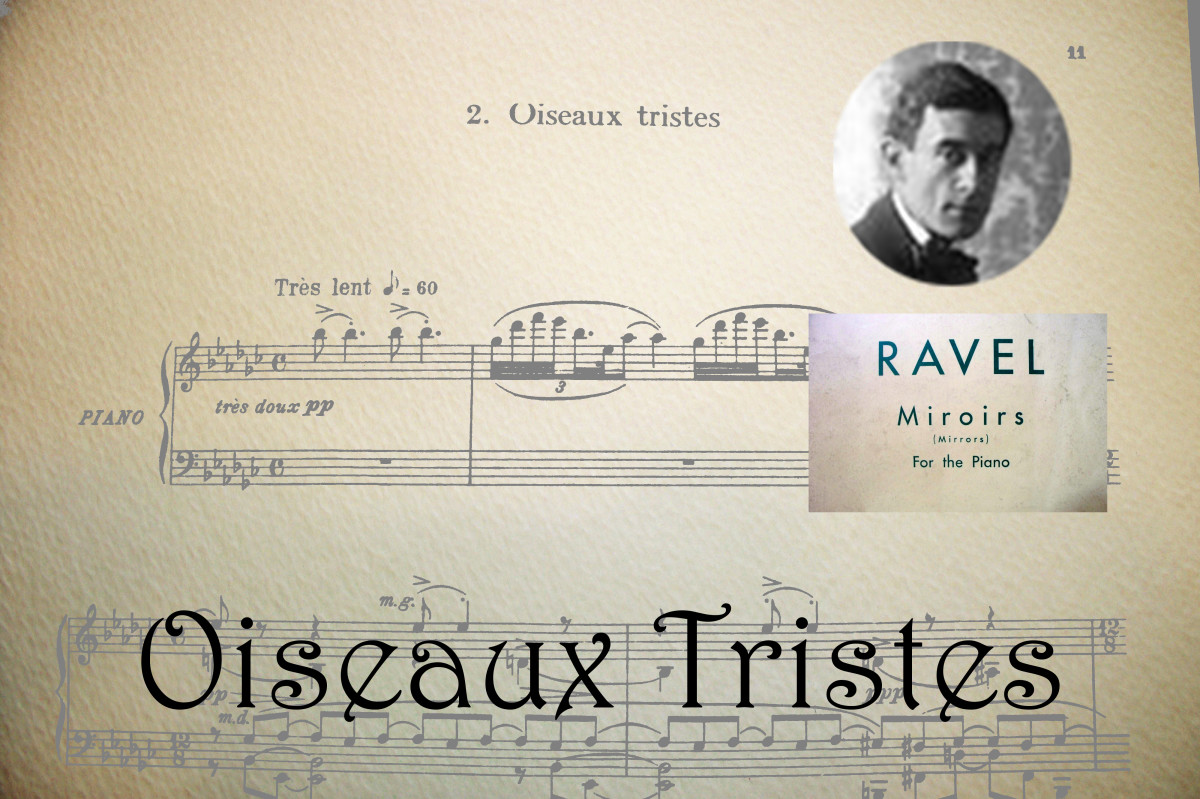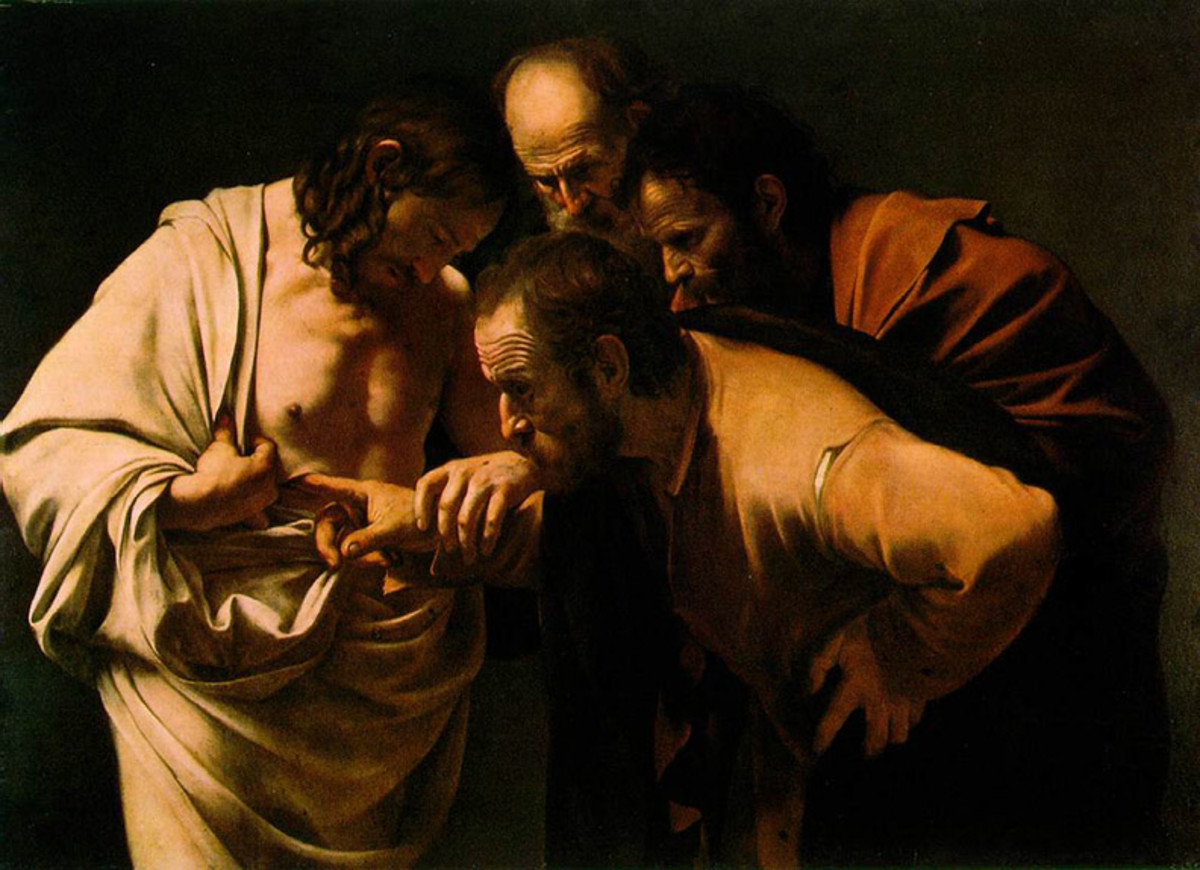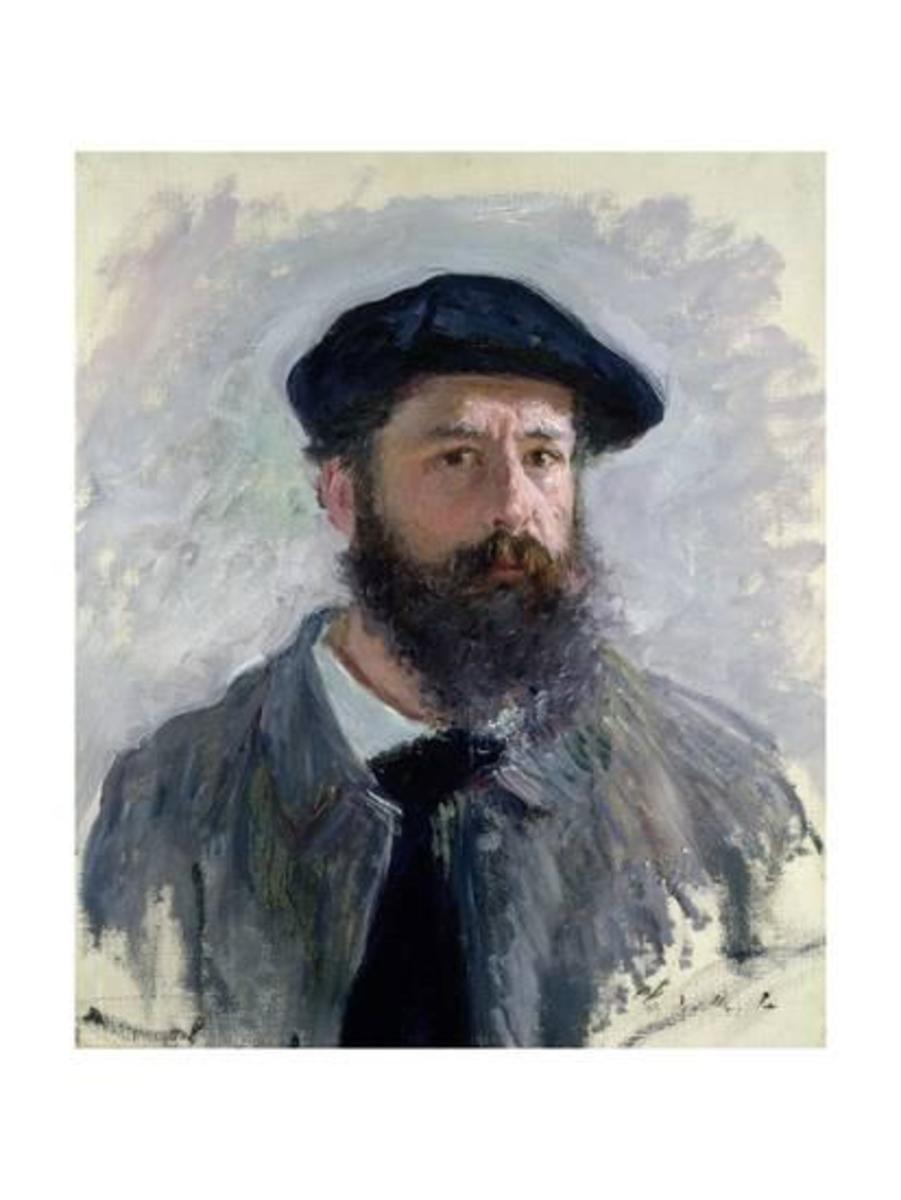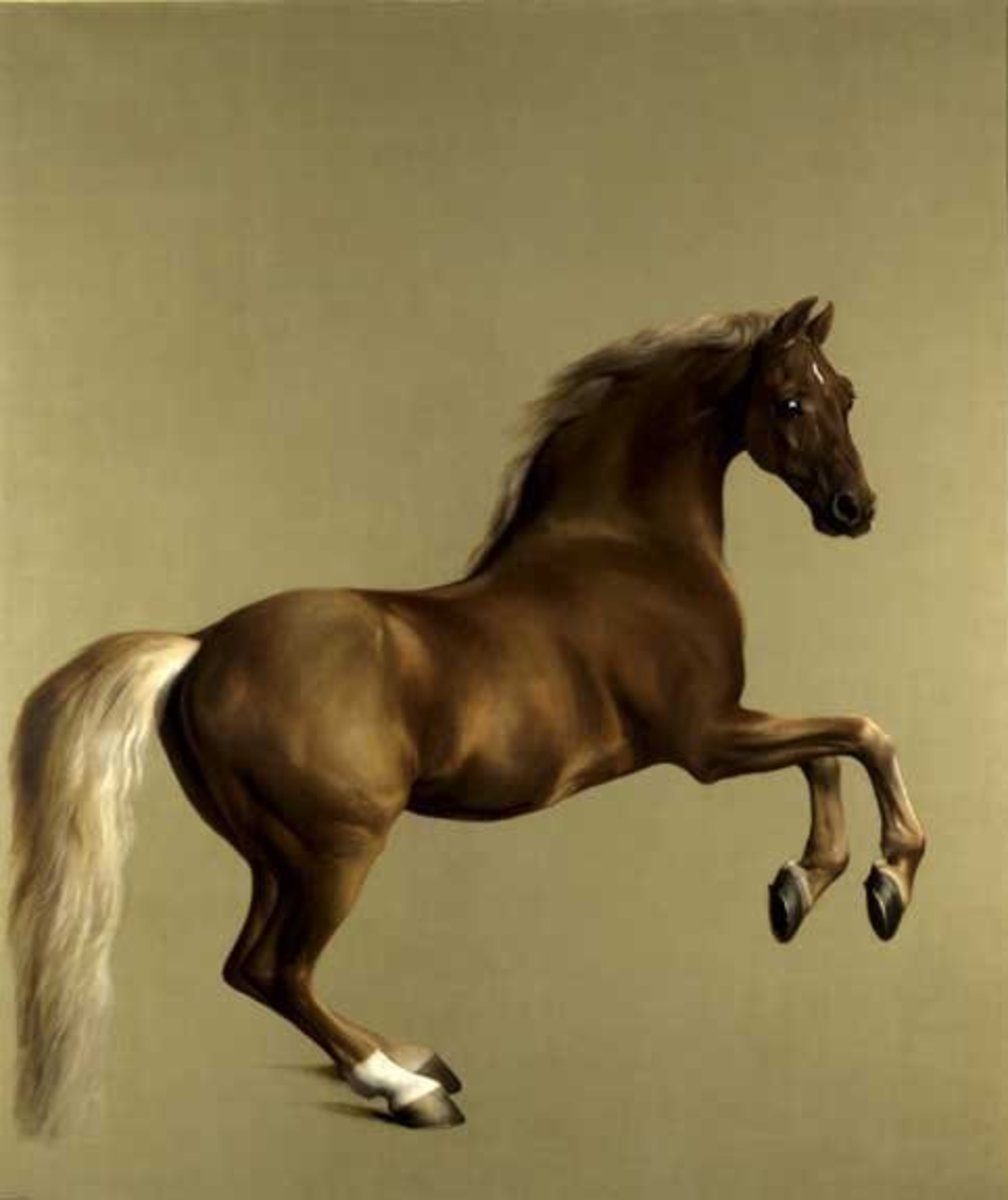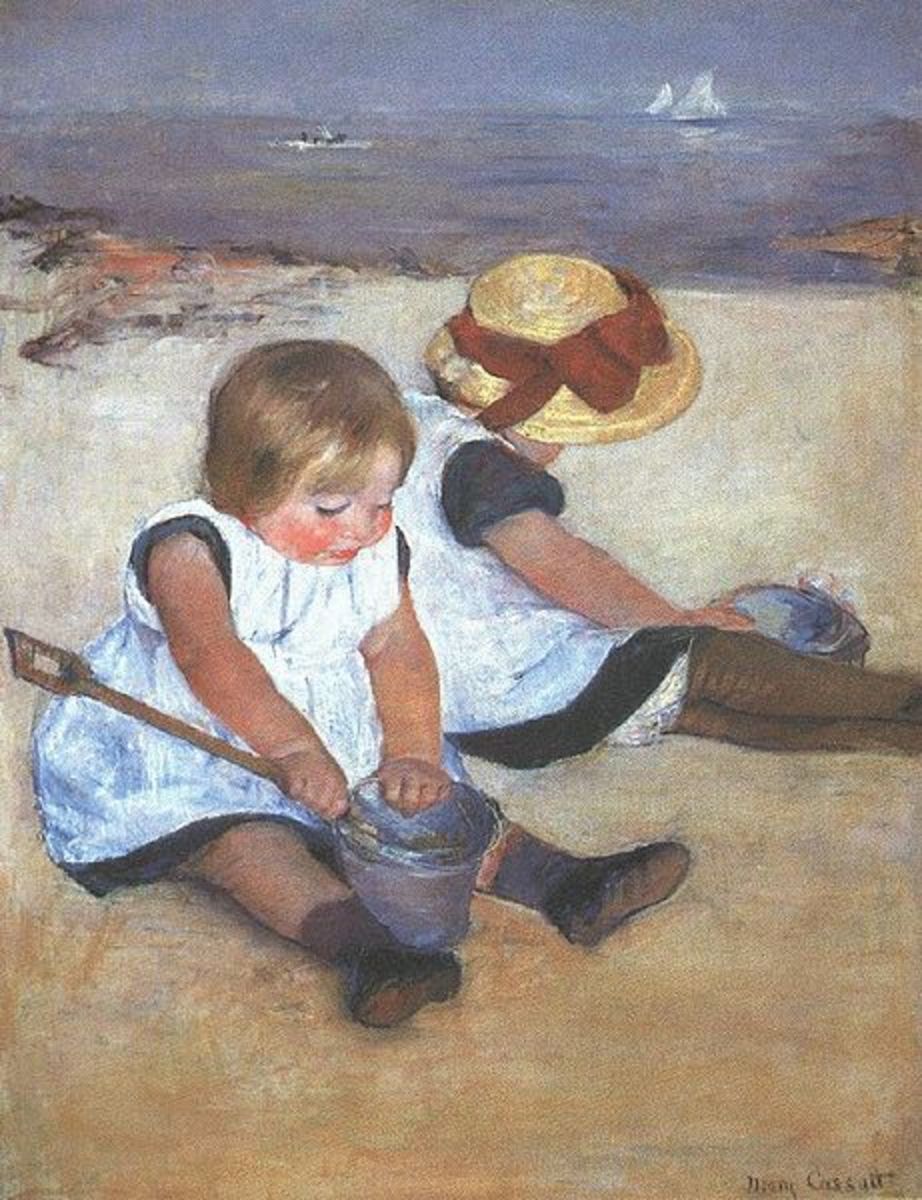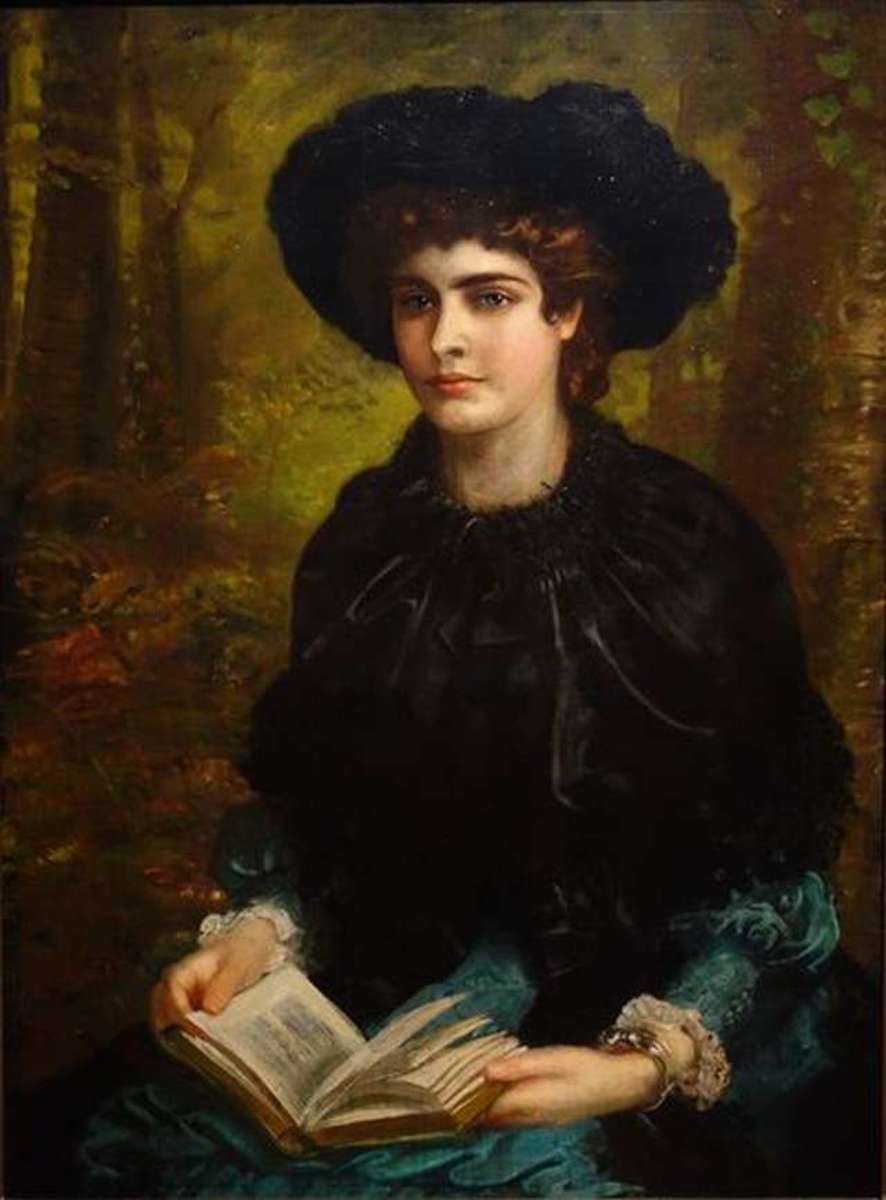Biography of Anna Boch a Belgian Painter who died Loving Art
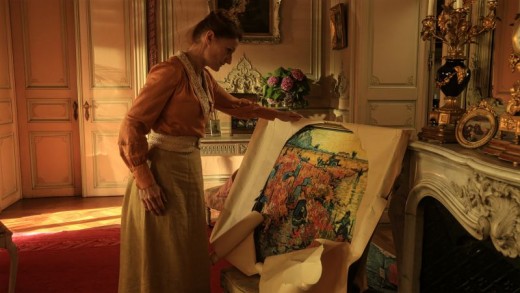
A Painter who never got her due
Early Life
Anna Rosalie Boch was a Belgium painter. She was born in 1848 at Saint –Vaast, Hainaut and died in 1936 at the age of 88 in Ixelles . Her body is interred at the Ixelles Cemetery, Brussels, Belgium.
Anna was born into an affluent family. She belonged to the privileged elite. She was a descendant of the Boch family which had a very successful business in ceramics. Her father Victor Boch and mother Anne-Marie – Lucia Boch had a big hand in her upbringing. They ensured she spent her childhood and early years in the lap of luxury. She also had a brother named Eugene, with who she bonded closely. Anna’s parents were cultured and appreciated art. They allowed their children a freedom that was normally not given to children in that era and encouraged them in their vocation.
Early Forays into Painting
From a young age Anna was fond of painting. Much of the credit for her further development in art must be credited to her parents who encouraged her. That they were affluent had an effect on their thought and her upbringing. As Boch grew up she became a pupil of Isidore Verheyden. He was about the same age as Boch and both appear to have got on well together. A relationship between the two cannot be ruled out. Vergeyden painted landscapes, portraits and still life. Bosch also under his influence painted on the same subjects.
Neo-Impressionist Movement and Pointillism
During this period the ‘Neo Impressionist’ movement started. Launched by French art critic Felix Feneon in 1883. This movement consisted of painting urban areas and scenery's in a new representation. It made use of the technique of Pointillism, in which small, distinct dots of pure color are used to create an image, She met Theo Van Rysselberghe in 1886 and was greatly influenced by him. She joined his Les XX a circle founded by him.
This is also the time she developed her neo-impressionist style, which along with Pointillism's has remained the hall mark of her paintings. She was introduced to the famous painter Vincent van Gough by her brother Eugene during this period. Van Gough was a great artist but the role of Anna Boch in his life has never been acknowledged. It is similar to his sister in law Johanna van Gough-Bonger. Both women remained in touch with each other after the death of van Gough. Boch painted prodigiously. In all she produced 913 paintings. Besides her own paintings, Anna Boch owned one of the most important collections of impressionist paintings of its time.
Van Gough and Anna
Vincent van Gough sold one of his paintings ‘The Red Vineyard’ to Boch for 400 Francs. Gough never sold another painting himself to anyone other than this. Vincent van Gough also painted Anna Boch in 1888. An emotional liaison between the two cannot be ruled out .Anna Bosch never formally married. She had no children of her own and adopted Ida van Haelewin the daughter of her gardener. On her death she bequeathed 140 of her paintings to her god child. The paintings remained in the house of Haelewin till her death in 1992. Her great nephew Luitwin van Boch had purchased these paintings in 1968, but they remained in the house of Haelewin.
Last Word
Most of the Anna Boch collection was sold after her death in 1936. In her will she donated the money from this sale to pay for the retirement of her poor artist friends. Some paintings were donated to the Musees Royaux des Beaux Arts in Brussels and various museums like Musees Royaux de Belgique. Anna Bosch died in 1936 of natural causes. As a mark of respect to honor her and Eugene the Anna & Eugene Boch Museum / Expo opened on March 30, 2011.

